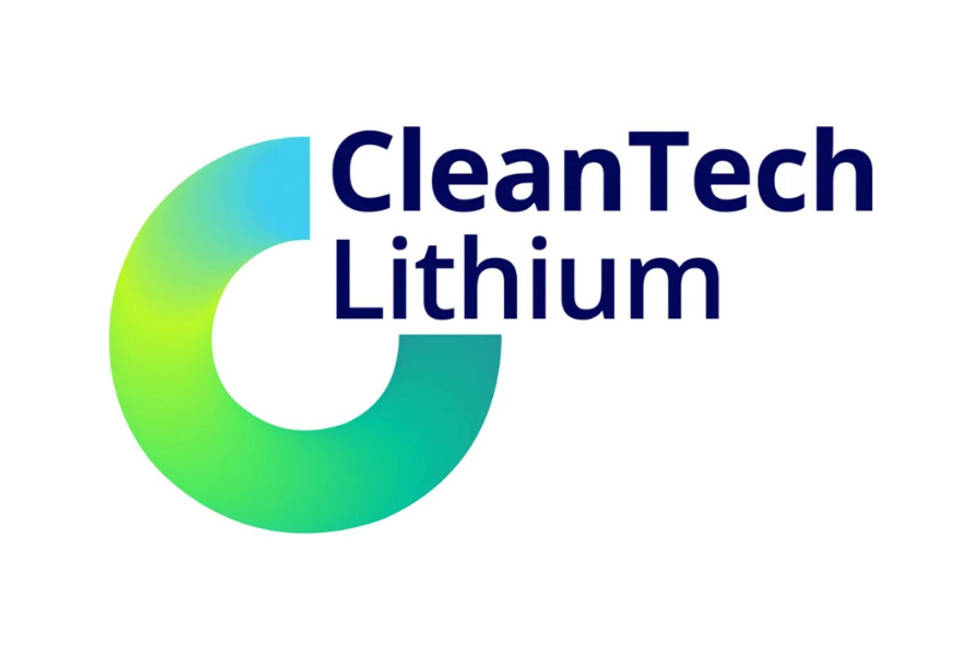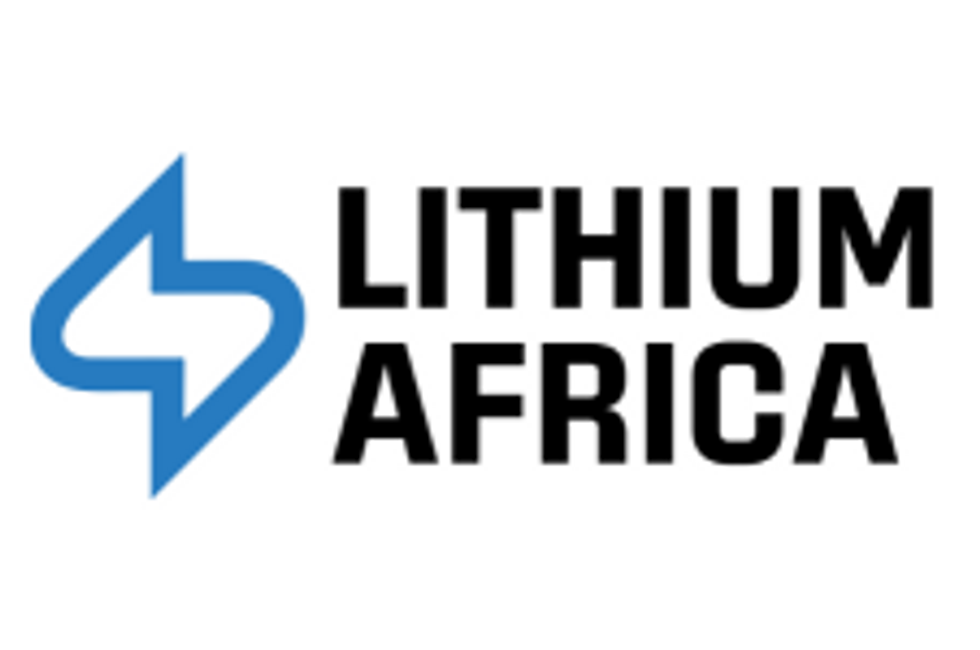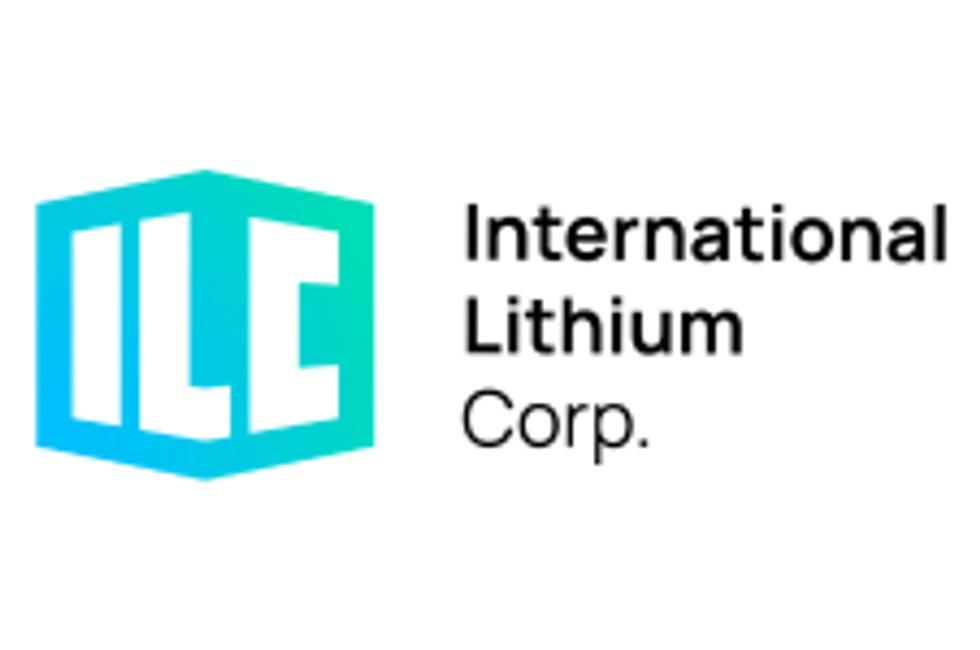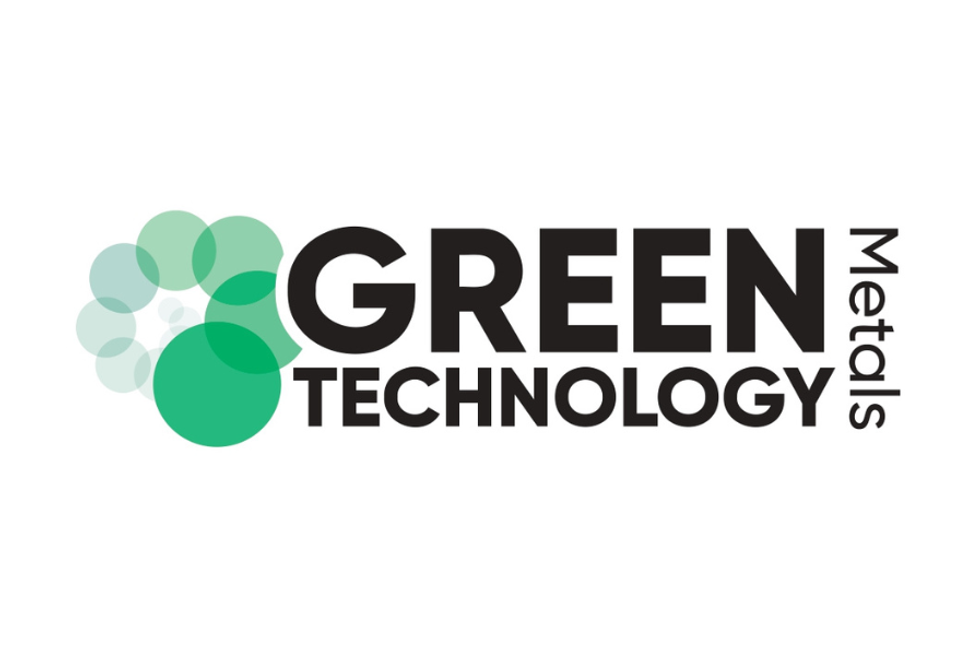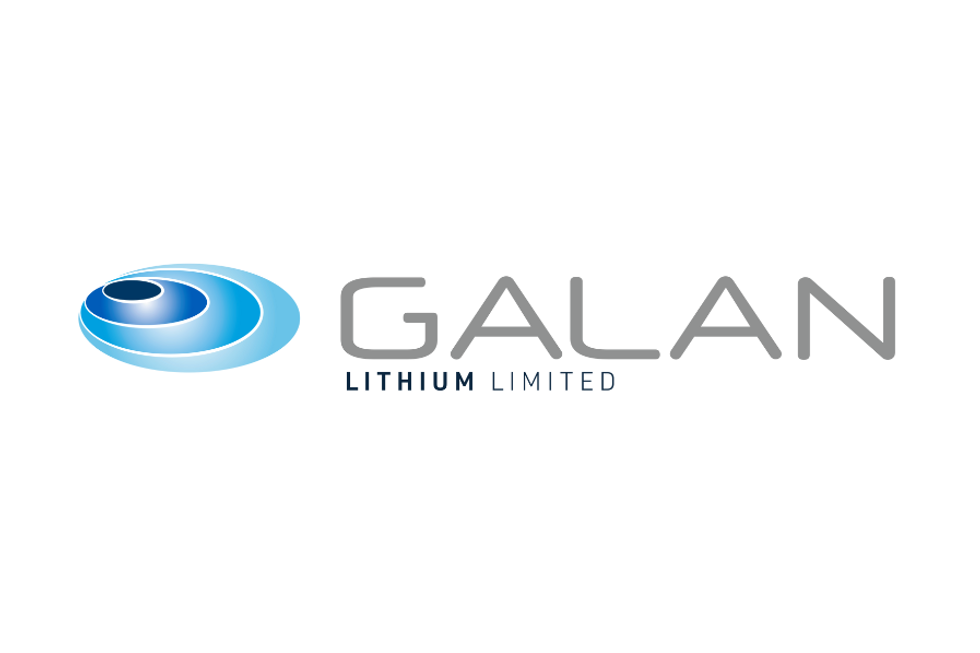Is Europe Moving Fast Enough to Build a Resilient Lithium Supply Chain?
Europe will soon release its Critical Raw Materials Act to identify potential strategic projects and build up reserves where supply is at risk.
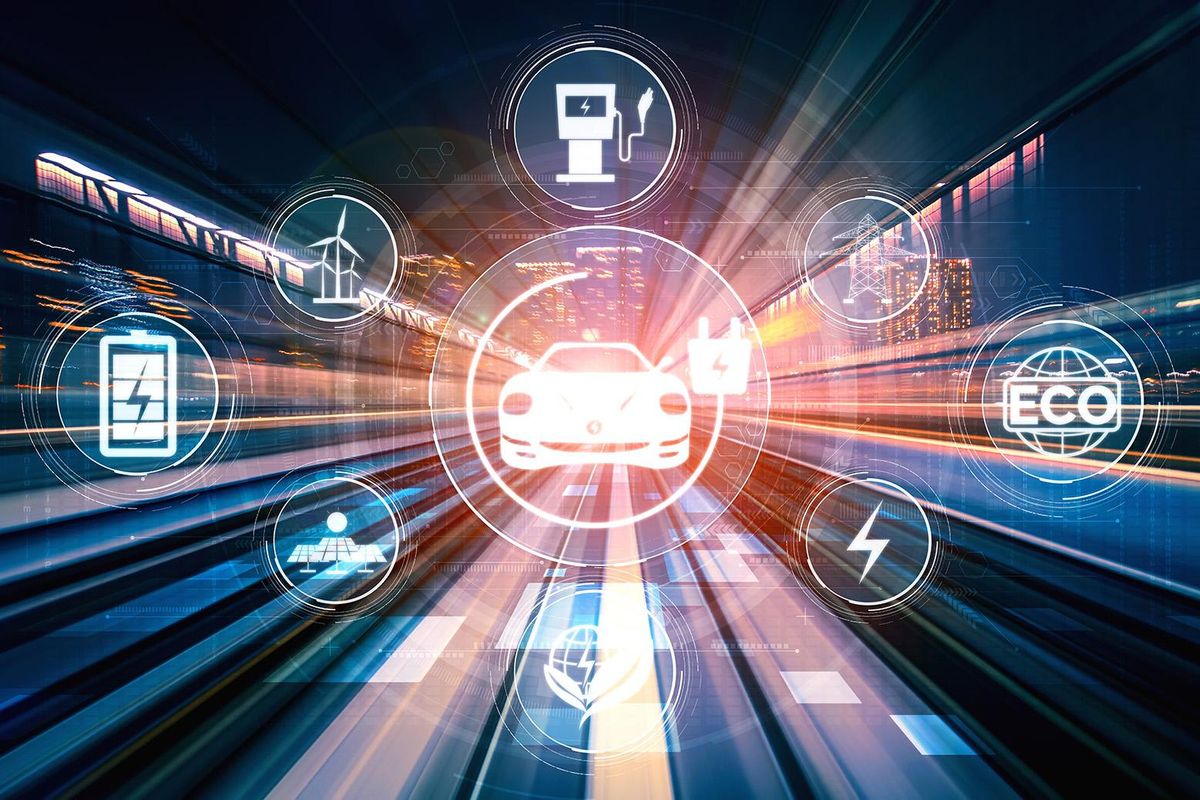
Europe’s green energy transition plans give a central role to the electrification of transportation.
The European Union (EU) has ambitious goals to become climate neutral by 2050, meaning it would be an economy with net-zero greenhouse gas emissions. Recently proposed legislation is looking to effectively ban all internal combustion engine cars by 2035.
In 2021, electric car registrations for the year were close to 1,729,000, up from 1,061,000 in 2020, with prospects for the region remaining positive. Last year, the market share of battery electric cars almost doubled to around 10 percent, but challenges faced by carmakers continue to weigh on demand as inflation and fears of a recession put pressure on targets.
In its most recent forecast, the European Automobile Manufacturers’ Association (ACEA) said it expects the overall EU car market to shrink again this year, slipping by 1 percent to reach 9.6 million units.
“To ensure a return to growth — with an even greater share of electric vehicle sales so climate targets can be met — we urgently need the right framework conditions to be put in place,” said Oliver Zipse, ACEA president and CEO of BMW (OTC Pink:BAMXF,ETR:BMW). “These include greater resilience in Europe’s supply chains, an EU Critical Raw Materials Act that ensures strategic access to the raw materials needed for e-mobility, and an accelerated roll-out of charging infrastructure.”
As sales of electric vehicles increase, carmakers are looking to secure supply of key metals used in batteries, including lithium. Today, Europe is quite dependent on Australia and Chile for lithium supply and China for lithium refining, but the region is taking steps to strengthen its supply chain for the important battery metal.
What is the European Critical Raw Materials Act?
In September, news broke that Europe will be putting forward the European Critical Raw Materials Act, a new piece of legislation. Its aim is to identify potential strategic projects and build up reserves where supply is at risk.
European Commission President Ursula von der Leyen said the bloc has learned its lesson about the risks of being dependent on Russia, and realizes the need to be vigilant toward China.
"In the case of China, it is the risk of dependency on technologies and raw materials," she said, adding that the EU needs to boost its production capacity and shift more towards trustworthy suppliers.
In October, von der Leyen said the EU is witnessing quite an acceleration of trends and tensions with China.
"The Chinese system is fundamentally different from ours and we are aware of the nature of the rivalry,'' she said.
The moves from the EU are in line with pushes seen in other regions such as North America, where the US has committed billions of dollars to reach its carbon emissions targets.
In June, the Biden administration launched the Inflation Reduction Act, which includes climate incentives. The legislation, which was signed into law in August, requires automakers to source 50 percent of critical minerals used in electric vehicle batteries from North America or free trade agreement countries by 2024, with that amount rising to 80 percent by the end of 2026.
For its part, Canada recently ordered three Chinese companies to divest from lithium companies following a “multi-step national security review process.” China has opposed the move, and Canada is expected to release its China strategy soon.
Europe-Asia relationship in the lithium space
Jack Bedder of Project Blue said Asia will always be a part of the European lithium-ion battery supply chain. Major Asian companies, including Panasonic (OTC Pink:PCRFY,TSE:6752), Samsung (KRX:005930), BYD Company (OTC Pink:BYDDY,HKEX:1211) and CATL (SZSE:300750), all have operating capacity on the continent.
“As a result, it will be almost impossible to detach fully from Chinese-owned supply across all stages of the lithium-ion supply chain,” he told the Investing News Network.
However, as lithium processing capacity is built up globally at non-Chinese-owned companies, particularly within the EU, the opportunities to reduce the EU's dependency on China-owned supply will improve. “It is very unlikely that the EU will implement legislation directly prohibiting lithium supply from Chinese-owned companies, as further constraints on supply availability to the European market will only hinder growth in the industry over the coming decade,” Bedder added.
For Allan Pedersen of Wood Mackenzie, Europe cannot move forward without influence from Asia in the short to medium term.
That’s due to a few reasons. As mentioned, many of the battery plants being constructed in Europe have Asian companies behind them, and the cathodes needed in batteries are still largely produced in Asia, where the know-how is strongest. Additionally, lithium refining is mainly done in China and the majority of mineral concentrate is produced in Australia.
“China has a multi-year advantage over the rest of the world in terms of investing in the entire supply chain — it will be challenging for Europe to catch up to that in terms of investment in know-how, processing equipment and resources,” he said.
“This doesn’t mean that Europe cannot make progress in this space. In lithium, we see some resource developments and processing facilities being considered and constructed.”
For the analyst, in the long term Europe has the potential to become more self-sufficient for raw materials as recycling becomes a larger part of the supply landscape and can supplement domestic resources.
European Commission could classify lithium as toxic
Although Europe is pushing to build a resilient supply chain by partnering with allies and developing domestic resources, it might not all be good news for miners in the region — at the end of last year, the European Commission said it will weigh a proposal from the European Chemicals Agency to classify lithium carbonate, chloride and hydroxide as dangerous for human health.
If the proposal is approved, this could undermine the EU’s attempt to create and support a domestic battery materials supply chain, research firm Rystad Energy said in a statement. “The EU currently relies heavily on imports of lithium to supply its nascent electric vehicle production sector and the classification may increase its reliance on other regions, at a time when the union is focused on energy security and reducing emissions,” the document reads.
If the classification goes ahead, it would not stop lithium usage, but it is highly likely to have an impact on at least four stages: lithium mining, processing, cathode production and recycling.
“This potential ruling comes at a time when the EU is itself scrambling to build and establish local lithium supply chains. The permitting issue has repeatedly been highlighted at recent industry events as one of the main barriers to new mining projects ramping up quickly in the EU,” according to Rystad Energy analysts. “There is also further risk of potential projects losing local community support for building lithium mines and processing operations.”
Don’t forget to follow us @INN_Resource for real-time news updates!
Securities Disclosure: I, Priscila Barrera, hold no direct investment interest in any company mentioned in this article.
Editorial Disclosure: The Investing News Network does not guarantee the accuracy or thoroughness of the information reported in the interviews it conducts. The opinions expressed in these interviews do not reflect the opinions of the Investing News Network and do not constitute investment advice. All readers are encouraged to perform their own due diligence.
- Where Does Tesla Get its Lithium? (Updated 2022) ›
- Building Lithium Supply Chains: What Can the West Learn from Asia? ›
- 7 Biggest Lithium-mining Companies in 2022 ›
- Europe’s Lithium Supply Chain - Key Facts ›

